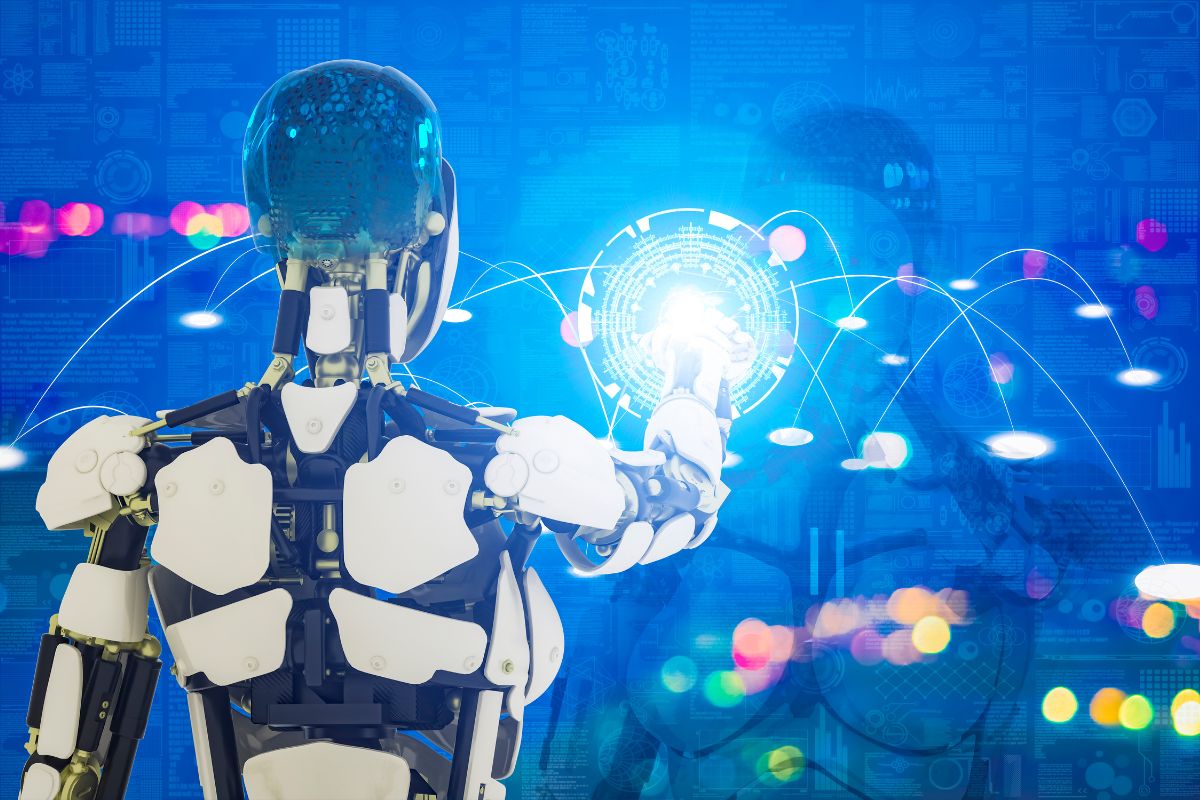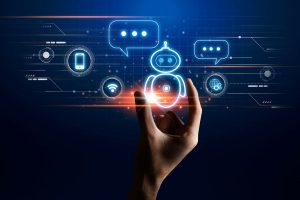Embarking on the development of an Artificial Intelligence (AI) model is akin to navigating through an expansive, uncharted wilderness. This journey, fraught with complexities and uncertainties, requires a compass that points towards efficiency and innovation.
The traditional route of crafting an AI model from the ground up, while rewarding, often presents a Herculean challenge that demands an exhaustive investment of time, resources, and expertise. However, an alternative path beckons—one that harnesses the power of existing models to streamline the journey towards achieving your AI aspirations.
Artificial Intelligence Model Development: The Cybersecurity Frontier
The AI model development, particularly in the cybersecurity domain, is a meticulously structured voyage from conceptualization to deployment. This process encompasses:
- Identifying the Core Issue: The journey begins with a clear articulation of the cybersecurity challenge at hand.
- Data Collection and Preparation: The model’s effectiveness is contingent on the quality and diversity of data, serving as its learning foundation.
- Algorithm Selection: Choosing the right algorithm is pivotal, as it must be tailored to address the specific cybersecurity threat.
- Model Training and Evaluation: Through rigorous training and testing, the model hones its predictive capabilities.
- Deployment and Ongoing Refinement: Post-deployment, the model requires continuous monitoring and updates to stay ahead of evolving cyber threats.
Decoding AI Model Development
The art of developing an AI model is a comprehensive process that equips machines with the intelligence to perform complex tasks. It involves:
- Problem Identification: Pinpointing a real-world problem that AI can solve.
- Data Cleansing: Ensuring clean and relevant data is critical for model accuracy.
- Algorithm Training: The crux of development, where the model learns from data to predict and act.
- Operational Deployment: Once optimized, the model is deployed, with ongoing adjustments to enhance its efficacy.
Open Source AI vs. Custom AI Development: A Strategic Dilemma
The choice between adopting open-source AI models and pursuing custom development encapsulates a strategic balancing act involving:
- Time and Cost Efficiency: Open-source AI models offer a head start, potentially reducing development time and costs.
- Customization Needs: Custom AI development, though more resource-intensive, allows for tailored solutions that precisely fit organizational needs.
Training AI Models: Cultivating Intelligent Solutions
Training an AI model is akin to educating a student, intending to nurture its ability to learn and adapt. This critical phase involves:
- Data Balancing: Ensuring a balance between the volume and quality of data to avoid underfitting or overfitting.
- Learning Approaches: Employing various training methods, such as supervised or unsupervised learning, to best suit the model’s objectives.
Efficient AI Model Selection for Your Project
A systematic approach to selecting the right AI model for your project can significantly streamline the development process. This involves:
- Goal and Data Assessment: Clearly define your project’s objectives and data characteristics.
- Marketplace Exploration: Reviewing available pre-trained models to find a suitable match.
- Pilot Testing: Conducting tests to ensure the model meets your project’s requirements.
Leveraging Existing AI Models: A Path to Strategic Efficiency
Adopting and training an existing AI model presents a viable pathway to innovation. This strategy not only conserves resources but also allows for focused customization, driving toward efficient and effective AI solutions.
In conclusion,
while the journey through the wilderness of Artificial Intelligence development may seem daunting, the adoption and adaptation of existing models offer a promising route. By strategically navigating the terrain of open-source resources and custom development, organizations can harness the full potential of AI to address complex cybersecurity challenges and beyond. This approach not only accelerates the path to innovation but also embodies the essence of strategic efficiency in the ever-evolving landscape of artificial intelligence.
FAQs
Q. What are the main steps in AI model development?
A. The development of an AI model involves defining the problem, collecting and preparing data, selecting and training the algorithm, and deploying the model with continuous refinement.
Q. How does open-source AI compare to custom AI development?
A. Open-source AI models provide a cost-effective, time-saving alternative with a broad community support base, whereas custom AI development offers tailored solutions with a higher degree of customization at increased time and cost.
Q. What is the importance of training in AI model development?
A. Training is crucial as it enables the AI model to learn from data, improving its ability to make accurate predictions and decisions.
Q. Can existing AI models be adapted for specific projects?
A. Yes, existing AI models can be adapted and trained on new data to meet specific project requirements, offering a strategic and efficient approach to AI development.
Q. How can one choose the right AI model for a project?
A. Selecting the right AI model involves understanding the project’s goals, evaluating available models based on performance metrics, and conducting pilot tests to ensure compatibility and effectiveness.
Q. What are the benefits of leveraging existing AI models?
A. Leveraging existing AI models can significantly reduce development time and costs, allowing for greater focus on customization and optimization to achieve desired outcomes.











